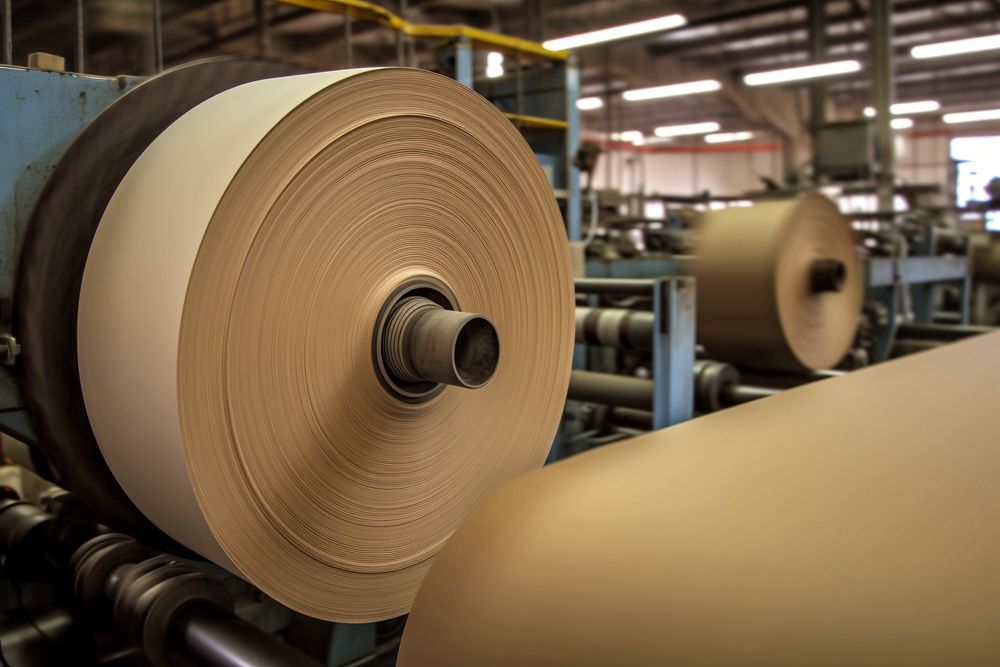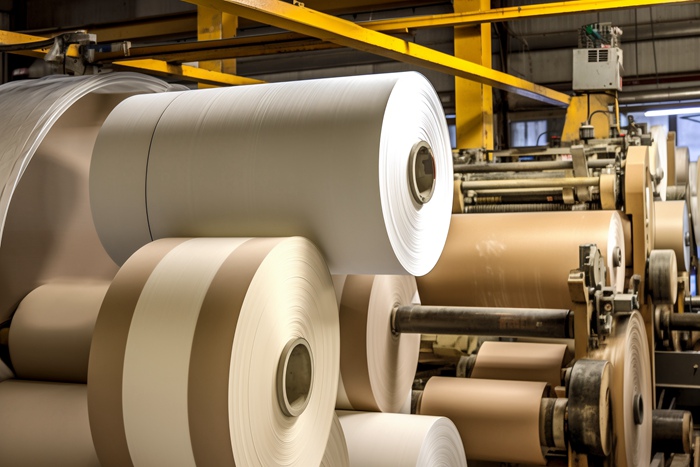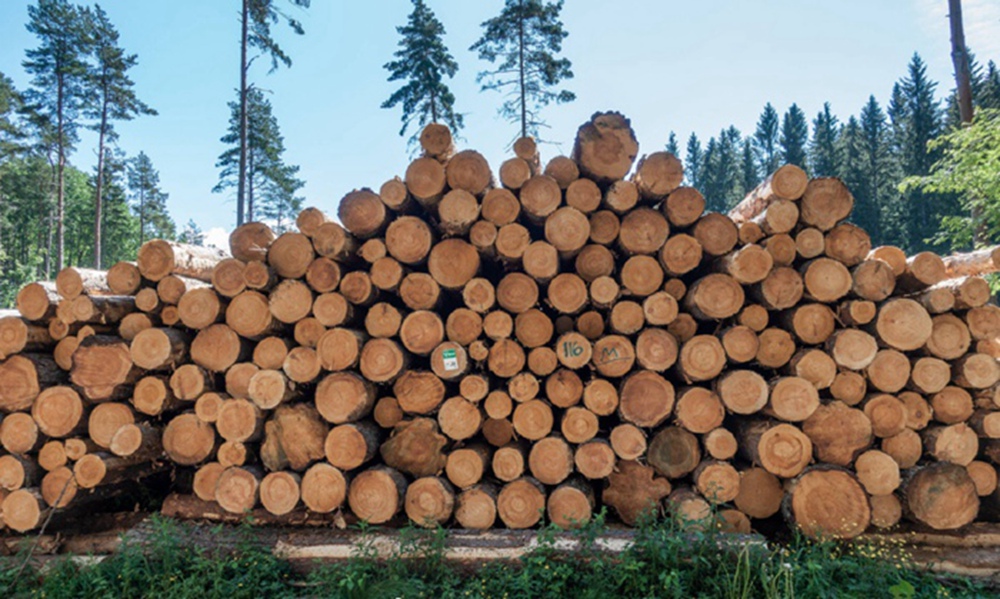Paper making additives: the choice between oil-based and water-based
Paper making additives can be either oil-based or water-based, and the choice of type mainly depends on specific process requirements and paper performance requirements. Oil based additives are usually used to improve the waterproof and printing performance of paper, while water-based additives focus more on improving the softness and environmental friendliness of paper.
In the paper industry, papermaking additives play a crucial role. These additives not only affect the quality and performance of paper, but also directly affect production efficiency and cost control. So, are papermaking additives oil-based or water-based materials? This question is actually not simple, as different additives may have different properties.
Firstly, let’s take a look at oil-based papermaking additives. Oil additives are mainly composed of oily substances such as wax, resin, etc. They form a hydrophobic layer on the surface of the paper, giving it waterproof properties. This additive is commonly used in the production of waterproof paper, packaging paper, and other paper that requires water resistance. Meanwhile, oil-based additives can also improve the printability of paper, making printed materials clearer and more vibrant.
However, oil-based additives are not without drawbacks. Due to their insolubility in water, they may cause some pollution to the environment during the paper manufacturing process. In addition, oil-based additives may also affect the softness and breathability of paper, reducing its comfort.
In contrast, water-based papermaking additives are more environmentally friendly and friendly. Water based additives are mainly composed of water-soluble polymer compounds, such as starch, cellulose derivatives, etc. They can interact with water during the paper manufacturing process, thereby improving the performance of the paper. The main advantage of water-based additives is that they can improve the softness and breathability of paper, making it more comfortable. Meanwhile, due to the easy degradation of water-based additives, their impact on the environment is relatively small.
Of course, water-based additives are not perfect either. In some cases, they may not be able to meet specific process requirements, such as requiring extremely high waterproof performance or printing adaptability. In addition, the cost of water-based additives is usually high, which also increases the production cost of enterprises.
Therefore, when choosing papermaking additives, companies need to weigh specific process requirements and paper performance needs. Both oil-based and water-based additives have their own advantages and disadvantages, and the choice of which type of additive to use depends on the actual needs of the enterprise. In the future development of the paper industry, we look forward to seeing more environmentally friendly, efficient, and multifunctional paper additives emerge, injecting new vitality into the development of the paper industry.



